The Ryzen 3xxx and 5xxx
However, in multi-chip design with chiplets and IOD, the cards are reshuffled again. The pictures below show a Ryzen 7 3800X with only one die after running for several days with a very massive water block. First, the surface curve horizontally and diagonally compared with the photo of the IHS:
This looks like this in the larger representation of the measurement curve, starting with the horizontal measurement, i.e. alongside the bulge:
Now we cut diagonally across the bulge:
Finally, we also look at the whole thing again with both cutting directions as a surface graphic:
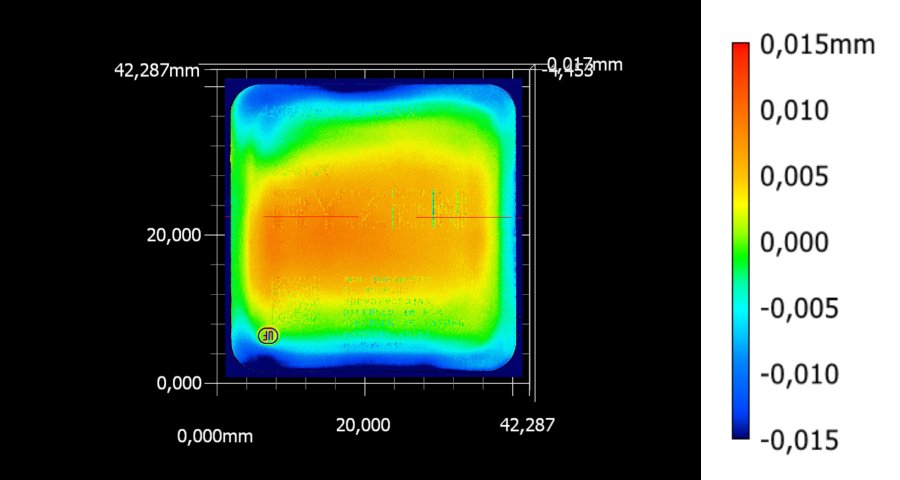
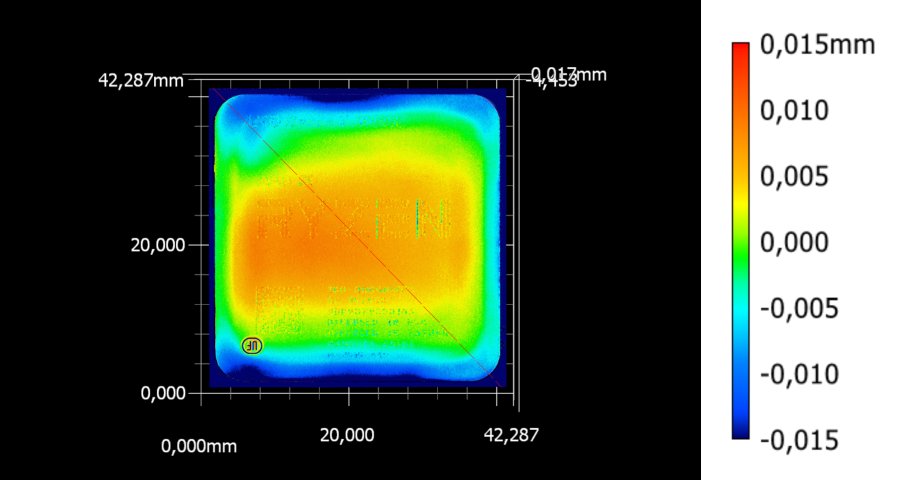
Why the Ryzen 3xxx and 5xxx may be harder to cool
And now I ask you to take a close look at the following gallery, because it doesn’t matter to the hump whether there are one or two Dies sitting under the IHS! A 3D scan and counter test with a straight edge on an unused Ryzen 9 5950X revealed a very similar shape. Ergo, a slight smoothing still takes place here, but the IHS remains convexly curved, even if somewhat differently than expected!
If all the thermal load goes on just one die, then we see that the curvature over the die does not stay the same. But this also means that you will never get the really optimal contact between IHS and radiator bottom! Even a concave adapted radiator bottom would bring here nothing, because these reworkings produce rather conical curvatures, densely however so a gigantic surface!
In turn, one can draw some conclusions from this:
- If possible, a torsionally rigid and flat radiator bottom should be used. Curved bottoms tend not to bring any advantages, the elevation is too rectangular and, above all, too long.
- Grinding and smoothing the IHS after the first burn-in would certainly be the optimal solution
- The thermal paste can bleed quickly towards the edges if too much thinner such as silicone oil or ethyl ester has been added. Slightly more viscous pastes will probably give the more consistent contact area over the long term, especially when mounted suspended in a normal PC. After the burn-in, there are still height differences of up to 0.016 mm, which is easily manageable with paste, but anything but even.
What else? Now you will understand why a decentralized mounting of the cooler with the help of various tools or tricks can actually do nothing or at least not much. I did several mounting experiments with a friendly SI using a Ryzen 7 3800X and a rather smaller AiO compact watercooler from the OEM shelf. Between the first and second assembly (after a burn-in) there is a temperature difference of approx. 1-3 Kelvin, i.e. somewhat more than the normal tolerance limit of 1-2 Kelvin would account for under such conditions. If one follows the results of measurements of the colleagues with an offset mounted cooler and still analyzes the setup, then hardly any improvements were found that significantly exceed the tolerance limit, because even there almost always worked with already used CPUs.


















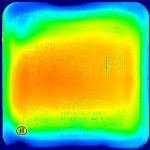
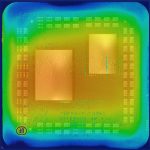
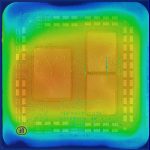

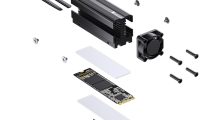















Kommentieren